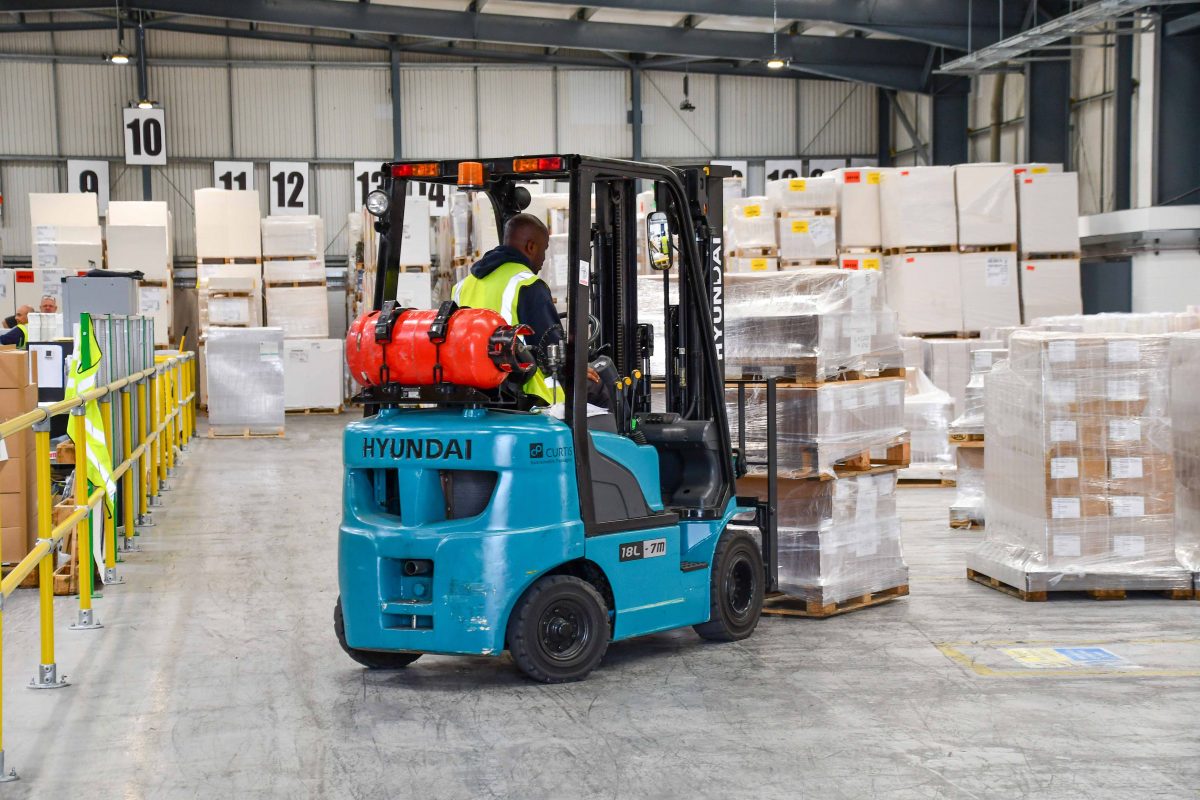How to calculate slosh in an IBC
Intermediate bulk containers, or IBCs, are large containers designed to store and transport bulk liquids. They are commonly used in a variety of industries, including chemical, pharmaceutical, and food processing. When handling IBCs that contain liquid, it is important to consider the effects of slosh, or the movement of the liquid inside the container. If not properly accounted for, slosh can cause the container to become unstable, leading to potential accidents or spills.
Calculating Slosh in an IBC
To calculate the slosh in an IBC, it is necessary to consider the properties of the liquid and the design of the container. The properties of the liquid include its density, viscosity, and surface tension. The design of the container includes its size, shape, and the location of the liquid within the container.
One method for calculating slosh is the slosh frequency, which is the number of oscillations per second that the liquid undergoes as the container is moved. The slosh frequency is related to the natural frequency of the liquid in the container, which is determined by the properties of the liquid and the container. To calculate the slosh frequency, the following equation can be used:
f = sqrt(g/L)
where f is the slosh frequency, g is the acceleration due to gravity, and L is the length of the container.
Another method for calculating slosh is the slosh mode shape, which is the spatial distribution of the liquid within the container as it oscillates. The slosh mode shape can be calculated by solving the eigenvalue problem for the liquid in the container, which involves determining the natural frequencies and mode shapes of the system.
Considerations for Lifting IBCs with Liquid Slosh
When lifting IBCs that contain liquid, it is important to consider the effects of slosh on the stability of the container. Some of the factors to consider include:
- The volume of the liquid: A larger volume of liquid will lead to a greater potential for slosh, which can make the container more unstable.
- The location of the liquid: If the liquid is not evenly distributed within the container, it can cause an imbalance that can affect the stability of the container.
- The orientation of the container: The orientation of the container can affect the distribution of the liquid within the container and the resulting slosh.
- The movement of the container: Rapid or sudden movements of the container can cause the liquid to slosh, potentially leading to instability.
To minimize the risks associated with slosh, it is important to properly secure the IBC before lifting and to use appropriate lifting equipment. In addition, it is important to ensure that the container is properly balanced and stable before lifting and to avoid sudden or rapid movements during transport.
In summary, the calculation of slosh in IBCs involves considering the properties of the liquid and the design of the container, and taking appropriate precautions when lifting and handling IBCs with liquid can help to prevent accidents and spills.
In addition to the considerations for lifting IBCs with liquid slosh, it is also important to consider the effects of the liquid on the lifting equipment itself. When moving liquids with lifting equipment, it is important to consider the following:
- The weight of the liquid: The weight of the liquid will affect the load capacity of the lifting equipment, and it is important to ensure that the equipment is rated for the weight of the liquid being lifted.
- The viscosity of the liquid: The viscosity of the liquid can affect the stability of the equipment, as well as the ease of movement. Thicker, more viscous liquids may require additional precautions or specialized equipment to ensure safe handling.
- The toxicity or hazardous nature of the liquid: If the liquid being lifted is toxic or hazardous, it is important to use appropriate protective equipment and to follow proper safety procedures to avoid exposure or accidents.
- The compatibility of the liquid with the lifting equipment: It is important to ensure that the liquid being lifted is compatible with the materials used in the lifting equipment. If the liquid is corrosive or abrasive, it may cause damage to the equipment or pose a safety risk.
To minimize the risks associated with moving liquids with lifting equipment, it is important to properly assess the characteristics of the liquid and the capabilities of the equipment, and to follow proper safety procedures and guidelines. In addition, it is important to regularly maintain and inspect the lifting equipment to ensure that it is in good working condition.






